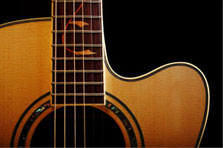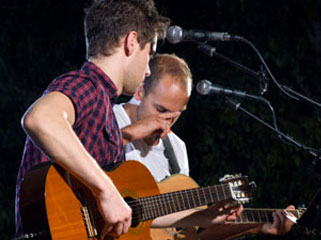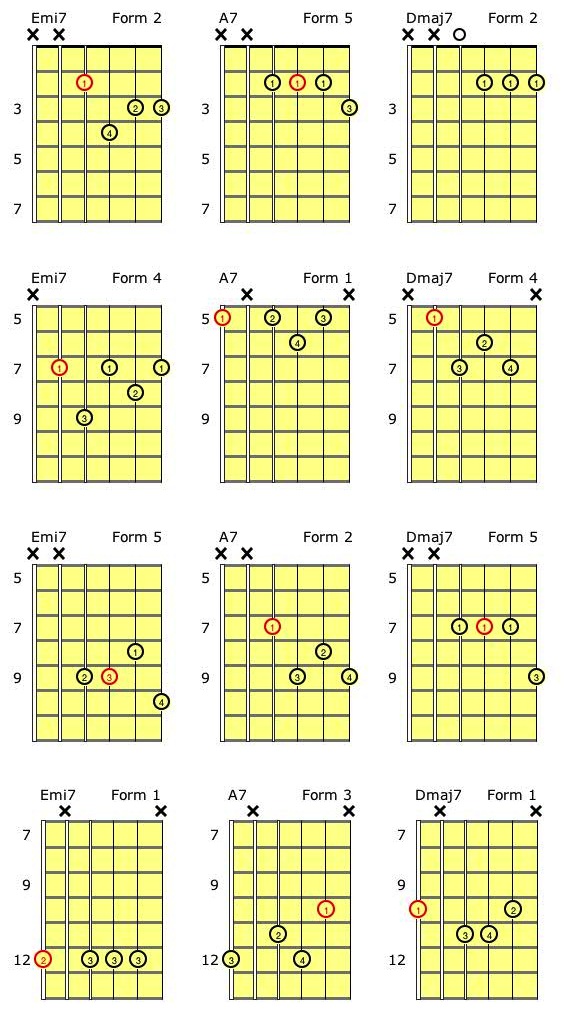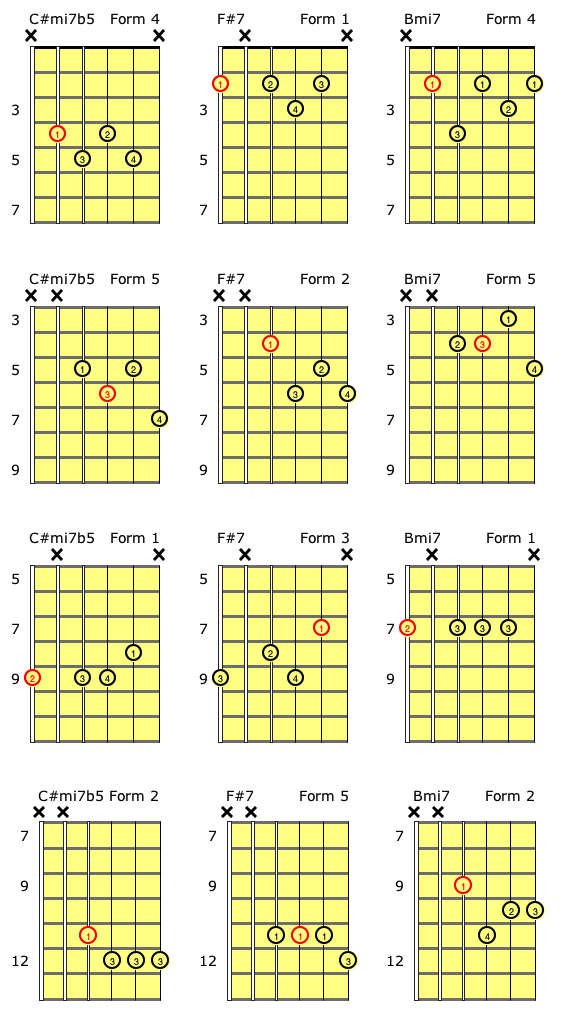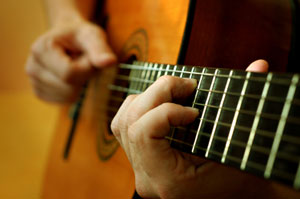
Blog
Aug 10 2015 |
ii-V-I Jazz ProgressionsBy: Frank Macri Posted in: Jazz Guitar Lessons One of the most important progressions in jazz is the ii-V-I. You will find this chord progression in most jazz standards ranging from swing to bebop. In a previous jazz lesson, we learned five chord forms and applied them to a chord scale. In this lesson we are going to take those chords and play different inversions of a ii-V-I. The chords listed in figure one are diatonic seventh chords in the key of D major. The highlighted chords indicate the major ii-V-I progression (Emi7 – A7 – Dmaj7). Figure 1. I. Dmaj7 II. Emi7 III. F#mi7 IV. Gmaj7 V. A7 VI. Bmi7 VII. C#mi7b5 Figure two illustrates four different ways to play a major ii-V-I progression in the key of D. The two and five chords(Emi7-A7) are unresolved and resolve to the one chord (Dmaj7). Figure 2.
The chords listed in figure three are the diatonic seventh chords in the key of B minor. The highlighted chords indicate the minor ii-V-I progression (C#mi7b5 – F#7 – Bmi7). Figure 3. I. Bmi7 II. C#mi7b5 III. Dmaj7 IV. Emi7 V. F#7 (borrowed from the harmonic minor) VI. Gmaj7 VII. A7 Figure 4 demonstrates four ways to play the minor ii-V-I progression in the key of Bm. The ii-V(C#mi7b5-F#7) chords are also unresolved and resolve to the I(Bmi7) chord. Figure 4. Practice and memorize these 2-5-1 chord patterns and apply them to all keys. Remember that hundreds of jazz tunes can be broken down into ii-V-I progressions, and is one of the most important tools used in jazz harmony. |
